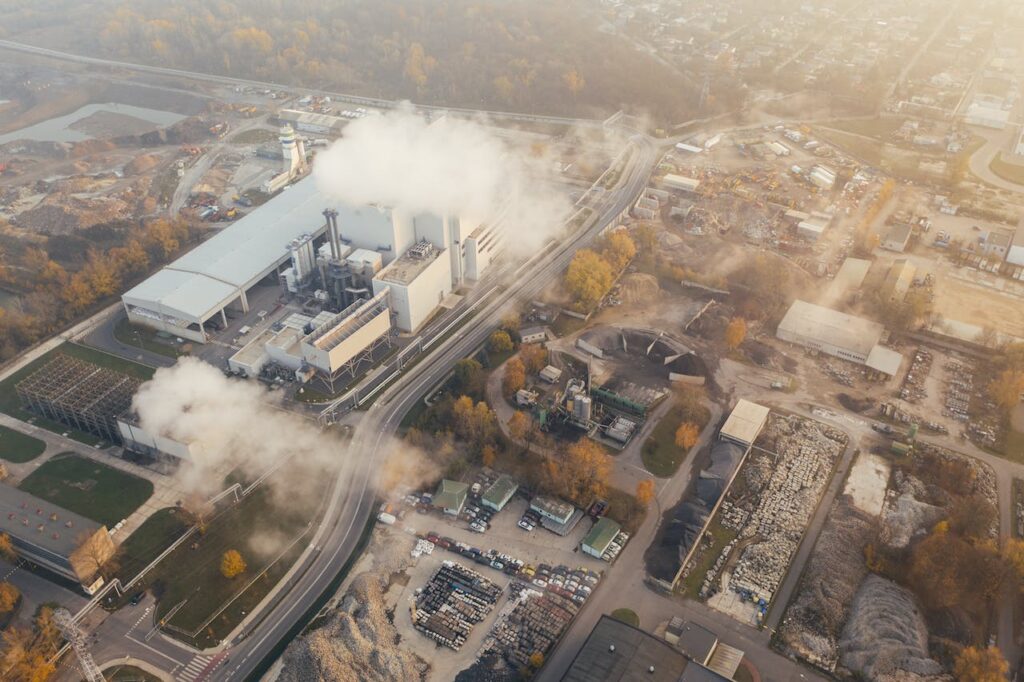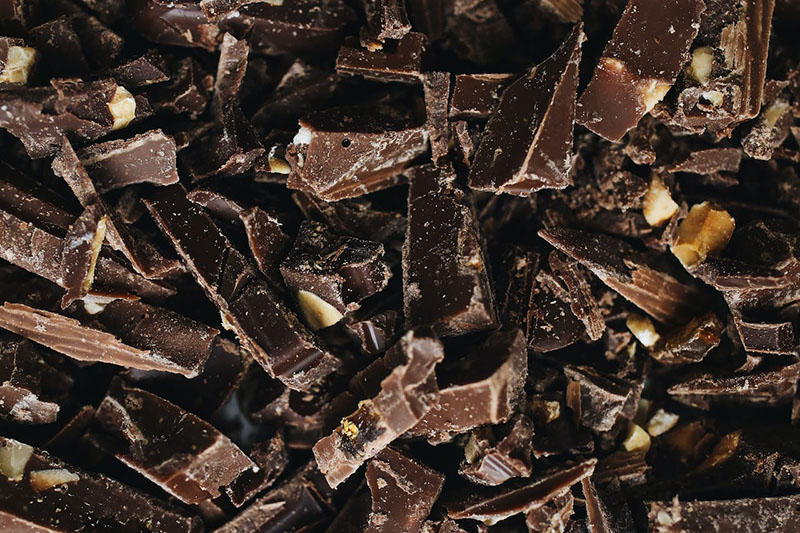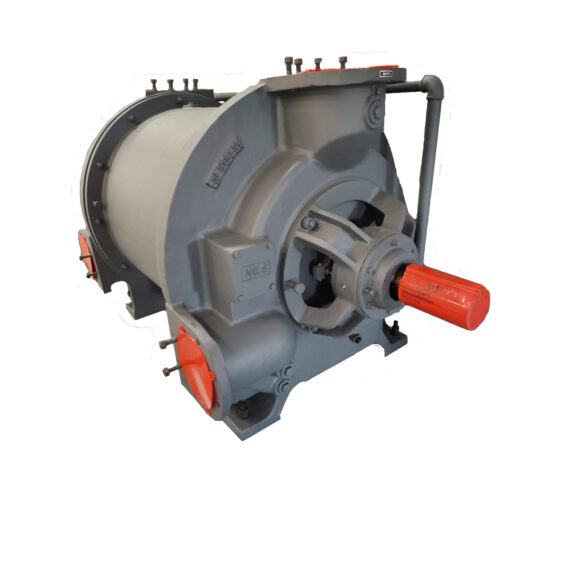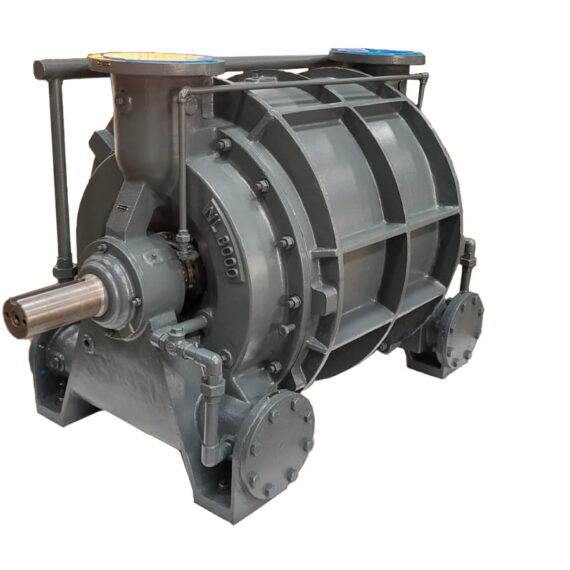
Sugar Processing Liquid Ring Vacuum Pump & Compressors
In the United States, where 55% of sugar is derived from sugar beets, the preference for this source can be attributed to its adaptability to colder climates. In contrast, sugar cane, which thrives in moist tropical conditions, is more susceptible to variations in humidity and temperature.
The sugar extraction process begins with a meticulous washing of the harvest using a rotating drum. As water is sprayed into the drum, it rotates, effectively dislodging impurities such as dirt and rocks from the product. Subsequently, the sugar-laden crops are transported on conveyor belts for further processing.
Sugar cane undergoes crushing via a swing arm shredder, while sugar beets are sliced into cossettes resembling thin fry-like pieces. Both varieties are subjected to hot water spray to swell the plant cells. This step is crucial, as the heat induces a slight denaturation of cell walls, allowing them to absorb water. Given that sugar is water-soluble, this process facilitates subsequent water extraction.
In the case of sugar beets, the next stage involves an extraction area known as a cossette scalder. Hot water is poured from the top, and a central shaft rotates, carrying the cossettes against the flow of falling hot water. This water, now enriched with extracted sugar, is directed for purification. On the other hand, sugar cane undergoes multiple milling stages to maximize juice extraction. The separated juice and bagasse (solid remains) undergo further processing. The bagasse is pressed to extract any residual juice, destined for applications like fertilizer, animal feed, or fuel. The juice, extracted via a vacuum pump from the collector, is then prepared for clarification.
Throughout this intricate sugar processing journey, the efficiency of liquid ring vacuum pump and compressors is paramount, ensuring optimal extraction and processing of the sugar-rich solutions. These specialized pumps play a crucial role in maintaining the desired vacuum levels, contributing to the overall effectiveness of sugar processing operations.
View our Products

The juice, once collected, is light brown and translucent, occasionally with particulates floating inside. This is sent to tall towers for refining. The juice is then carbonated. A heated calcium hydroxide suspension (milk of lime) is mixed in, raising the pH of the mixture. The lime creates insoluble salts with the organic acids that derived from the beet. Carbon dioxide gas is pumped into the mixture, creating calcium carbonate with the milk of lime. The calcium carbonate adsorbs to lipids in the mixture, bringing them to the bottom of the tank. Plants have polyphenol oxidase, which causes browning once the plant is harvested, and it is present in the juices as well, causing the muddy color of the initially extracted liquid.
Applications of Liquid Ring Vacuum Pumps
The significance of maintaining a vacuum state in the sugar refining process cannot be overstated. Numerous wet vapor processes generate substantial amounts of semi-solid waste at various stages, including cultivation, washing, preparing, scalding, and drying. While these conditions might pose challenges for some pumps and lead to failures in others, liquid ring vacuum pumps prove highly suitable for wet processes and sludge waste, exhibiting minimal impact on operation and efficiency.
Liquid ring vacuum pumps excel in pumping freshly squeezed melt liquor away from bagasse for liming. The pump effortlessly handles the liquor without adverse effects from the water ring, ensuring uninterrupted pumping even if occasional bagasse is encountered, preventing clogging and failure. Any solids present can settle at the bottom of the liming tank during carbonation.
In the carbonation stage, where concentrated carbon dioxide and sulfur dioxide are introduced to remove particulate matter, the liquid ring vacuum pump shines. Operating effectively in the wet environment of the liming tank, the pump’s corrosion-resistant construction is crucial for handling the caustic milk of lye involved in the carbonation process. The compression of gases enhances efficiency by facilitating increased interaction with the mixture.
The pump’s resistance to carryover enables it to filter sludge and adsorbed particulates from the carbonation process. The vacuum carries the sludge through a filtration system, enhancing sucrose extraction from plants and facilitating more effective waste drying before proper disposal. Regardless of the liquid, sludge, or vapor contaminants present, the liquid ring vacuum pump reliably fulfills its role.
In the vacuum pans crucial for refining and crystallizing sugar, the liquid ring vacuum pump offers significant advantages. With inherent self-priming qualities, a broad range of rough vacuum capabilities, and excellent handling of wet vacuum pumping processes, the pump ensures minimal suction fluctuations irrespective of slug or slime. Considering the pumping requirements of both carbonation and drying processes, the liquid ring vacuum pump emerges as one of the most efficient choices, consistently achieving the intended pressure for the entire operation in a swift and reliable manner.


